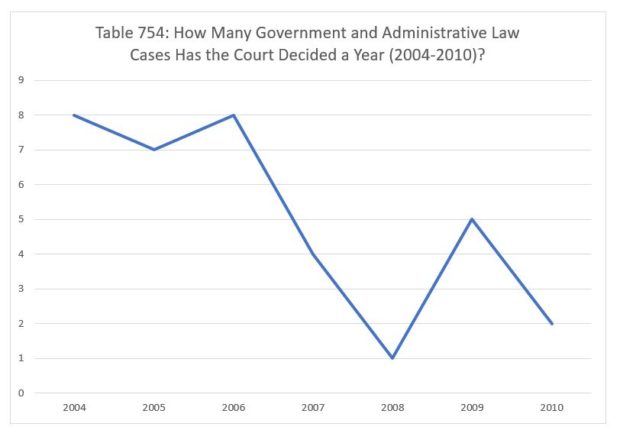
Yesterday, we began our look at the Court’s civil domestic relations cases. Today, we’re looking at the Court’s eighty criminal cases the Court decided between 1990 and 2017 which principally involved juvenile justice issues.
The Court decided no juvenile justice cases in 1990 or 1992. It decided one in 1991, 1993 and 1994, two in 1995 and one in 1996.

The Court decided two juvenile justice cases in 1997, one in 1998, three in 2000 and seven per year in 2001, 2002 and 2003.

The Court decided seven juvenile justice cases in 2004, three in 2006, seven in 2008, one in 2009 and five in 2010.

The Court decided four juvenile justice cases in 2011, two in 2012, four in 2013, three per year in 2014, 2015 and 2016 and five in 2017.

Join us back here next Tuesday as we continue our analysis of the Court’s domestic relations and juvenile justice cases.
Image courtesy of Flickr by Darrell Rudmann (no changes).
















































